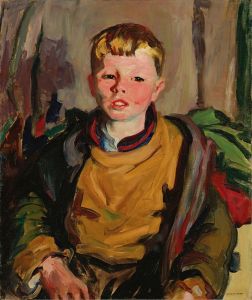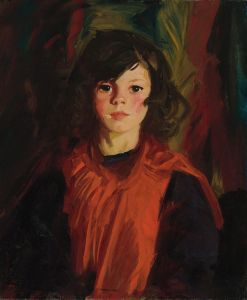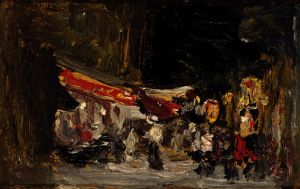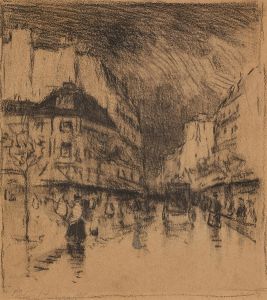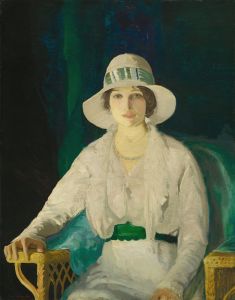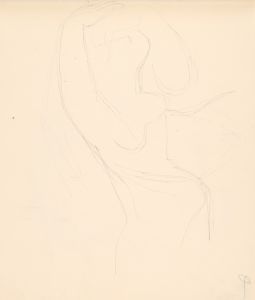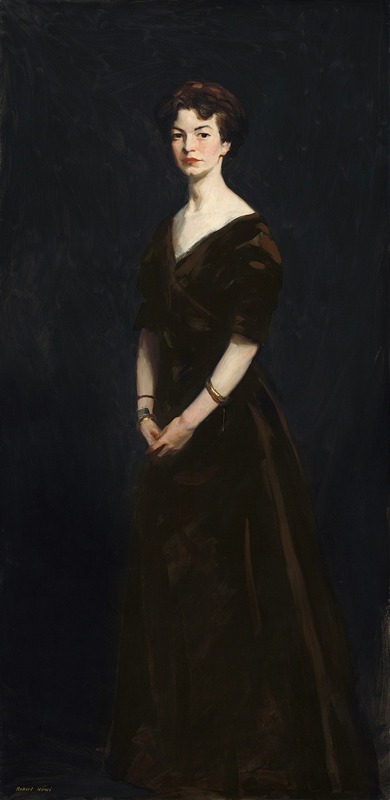
Edith Reynolds
A hand-painted replica of Robert Henri’s masterpiece Edith Reynolds, meticulously crafted by professional artists to capture the true essence of the original. Each piece is created with museum-quality canvas and rare mineral pigments, carefully painted by experienced artists with delicate brushstrokes and rich, layered colors to perfectly recreate the texture of the original artwork. Unlike machine-printed reproductions, this hand-painted version brings the painting to life, infused with the artist’s emotions and skill in every stroke. Whether for personal collection or home decoration, it instantly elevates the artistic atmosphere of any space.
Edith Reynolds by Robert Henri is a portrait painting created by the American artist Robert Henri, a prominent figure in the Ashcan School of American art. Henri, known for his realist style and dedication to capturing the spirit of his subjects, painted this work during a period when he was deeply engaged in portraying everyday people with a sense of immediacy and vitality.
Robert Henri was born Robert Henry Cozad in 1865 in Cincinnati, Ohio. He later changed his name after his family was involved in a scandal, and he pursued his artistic education at the Pennsylvania Academy of the Fine Arts and the Académie Julian in Paris. Henri became a leading figure in the Ashcan School, a movement that sought to depict the realities of urban life in America in the early 20th century. His approach was characterized by a focus on ordinary people and scenes, often rendered with a bold, expressive style.
The painting Edith Reynolds is a testament to Henri's skill in portraiture. Although specific details about the subject, Edith Reynolds, are not widely documented, it is known that Henri often painted friends, family members, and acquaintances, capturing their personalities and emotions with great sensitivity. His portraits are celebrated for their ability to convey the inner life of the sitter, often through the use of dynamic brushwork and a keen attention to facial expressions and posture.
Henri's technique in Edith Reynolds reflects his broader artistic philosophy, which emphasized the importance of capturing the essence of the subject rather than adhering strictly to academic conventions. He believed that art should be a reflection of life and that the artist's role was to convey the truth of human experience. This philosophy is evident in the way Henri approached his portraits, often painting quickly to capture the immediacy of the moment and the vitality of the sitter.
The Ashcan School, with which Henri is closely associated, was part of a larger movement in American art that sought to break away from the genteel traditions of the 19th century. Artists like Henri, along with others such as John Sloan, George Bellows, and Everett Shinn, focused on depicting the grittier aspects of urban life, including scenes of working-class neighborhoods, bustling city streets, and the diverse inhabitants of New York City. Henri's portraits, including Edith Reynolds, are an extension of this interest in realism and the everyday.
While Edith Reynolds may not be as widely recognized as some of Henri's other works, it remains an important example of his portraiture and his commitment to portraying the human spirit. The painting exemplifies Henri's belief in the power of art to communicate the depth and complexity of individual lives, making it a significant piece within his oeuvre and the broader context of American art history.
In summary, Edith Reynolds by Robert Henri is a portrait that encapsulates the artist's dedication to realism and his ability to capture the essence of his subjects. Through his expressive style and focus on the human experience, Henri contributed significantly to the development of American art in the early 20th century, leaving a lasting legacy that continues to be appreciated today.






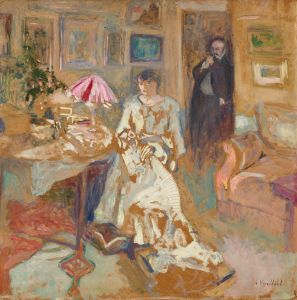

![Untitled [Alanna]](/imgs/219109/s/robert-henri-untitled-alanna-fe4ed77a.jpg)
